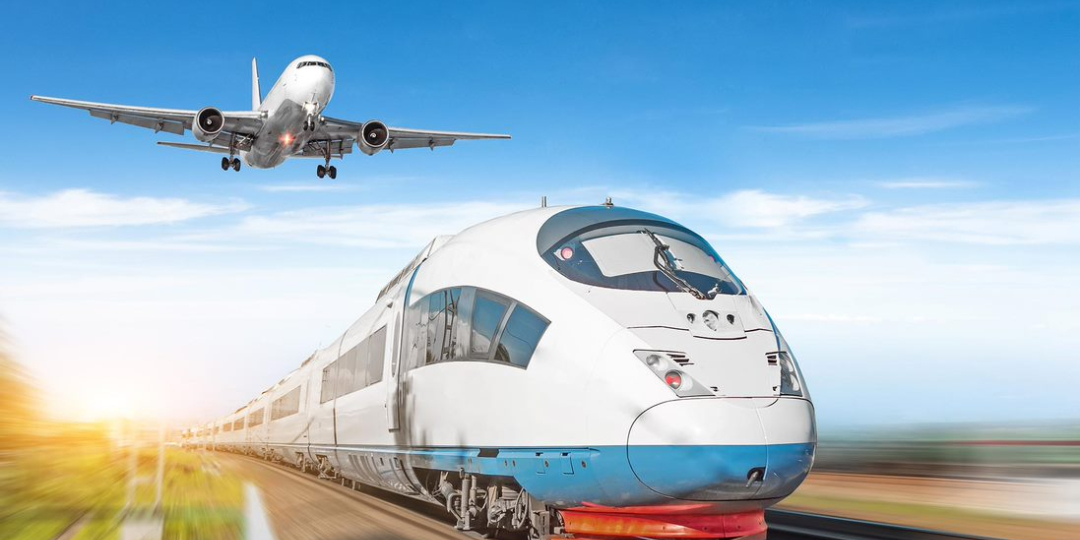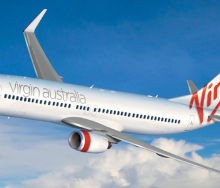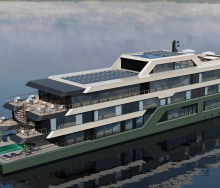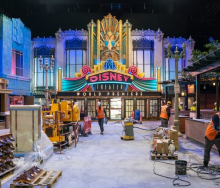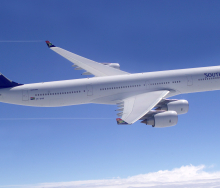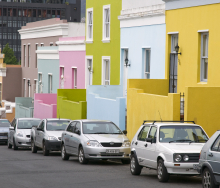Passengers tend to consider sustainability before they choose to fly. Around half of passengers would value airports and airlines that put in place new IT solutions to support sustainability (such as monitoring airport environmental performance to reduce emissions and flight path optimisation to reduce fuel burn).
This is according to SITA Aero, the IT provider for the air transport industry, delivering solutions for airlines, airports, aircraft and governments.
On the airport front, this initiative has overtaken green airport infrastructure as most valued since Q1 2020, suggesting all eyes are on the promises of technology to support concrete reductions to the environmental impacts of the industry.
Almost all passengers would pay on average an extra 11% of their ticket price to offset carbon emissions from their flight, according to SITA. And when passengers were asked if the air transport industry was doing enough to become more sustainable, more than half either thought it wasn’t or didn’t know, suggesting there is room for industry improvement in communicating sustainability initiatives and actions.
Aviation commits to greener flying
Iata is also on board with promoting environmentalism in aviation. At the 77th annual general meeting in Boston last October, a resolution was passed by Iata member airlines, to commit to achieving nett-zero carbon emissions from their operations by 2050. Although aviation on a global scale is currently contributing just 3% to international carbon emissions, this number is set to rise much faster than in the last 100 years, reaching 20-25% by 2050.
This pledge brings air transport into line with the objectives of the Paris agreement to limit global warming to an increase of 1,5°C.
The expected carbon emissions on a ‘business as usual’ trajectory over the 2021-2050 period is approximately 21,2 gigatons of CO2. Mitigating that amount of carbon will be an enormous technological challenge.
Some airlines, such as Air France and Lufthansa, are now enacting this mitigation by codesharing with train services – agents can book a ticket on a GDS. Travelling by rail, a much more carbon-economical way to travel, is an increasingly popular choice worldwide by international travellers who want to travel greener.
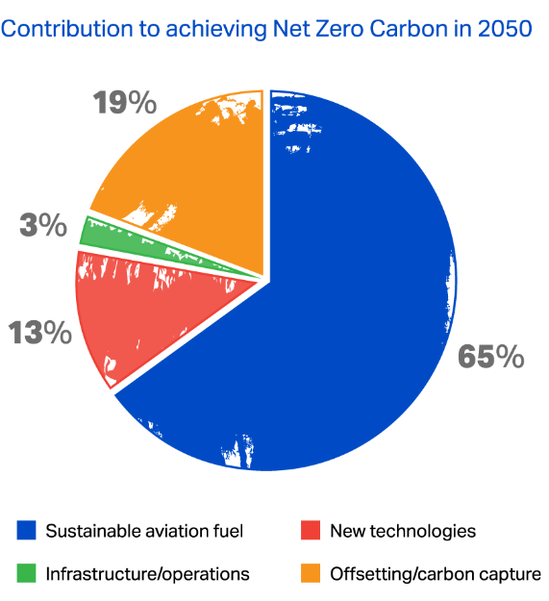
Success will require the co-ordinated combined efforts of the entire industry (airlines, airports, air navigation service providers and manufacturers) and significant government support.
Iata’s nett-zero objective will be met through a combination of maximum elimination of emissions at source and the use of approved offsetting and carbon capture technologies. The key elements of the emissions reduction strategy are:
- The use of Sustainable Aviation Fuel (SAF) sourced from feedstocks that do not degrade the environment or compete with food or water;
- Investment in new aircraft technology, including radical new aerodynamic and alternative propulsion (electric or hydrogen) solutions;
- Continued improvement in infrastructure and operational efficiency, with a particular focus on improved air traffic management; and
- The use of approved offsets including carbon capture and storage technology.
Local efforts
“We are all aware that, based on current technologies, air travel is carbon intensive, but what’s good to know is that airlines are aligned with any attempt to lower emissions,” says Kirby Gordon, FlySafair Chief Marketing Officer. “Effectively saving on fuel-burn saves on carbon emissions but also on costs, and so the objectives here are naturally aligned, which is good news.”
FlySafair, for example, looks at thrust settings, braking dynamics during landing, and optimal cruising altitudes as just some of the means to try and manage these costs. Even its paint schemes consider fuel burn. White paint is lighter than heavily pigmented paint, so leaving an aircraft largely white rather than painting it a colour actually saves weight, burn and carbon.
“There is a lot of activity taking place all around the world, including in South Africa, in research and development of sustainable aviation fuels, green hydrogen and other alternative energy sources, advanced aircraft and engine technologies, design, materials and manufacturing processes, new air navigation and airspace management procedures, use of consumables, waste management and recycling, to name just a few,” Linden Birns, aviation expert and MD of Plane Talking, tells Travel News.
“There is no single silver bullet. If you look at the climate targets and how the industry intends to get to the 2050 nett-zero target, you’ll see that it involves a myriad of activities,” Birns adds.
“Some of these activities involve new and more efficient operating procedures for current aircraft to minimise unnecessary fuel burn and emissions – so these would require changes by airlines, aircraft and engine manufacturers and, critically, by the air navigation service providers who design and control air spaces,” says Birns.
Those airlines that can afford to speculate are investing in the development of future green technologies, including novel aircraft concepts, sustainable aviation fuels, and alternative energy sources, as well as tackling the issue on the ground with more responsible use of water, heat, insulation, electricity and waste.
